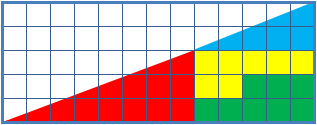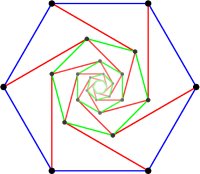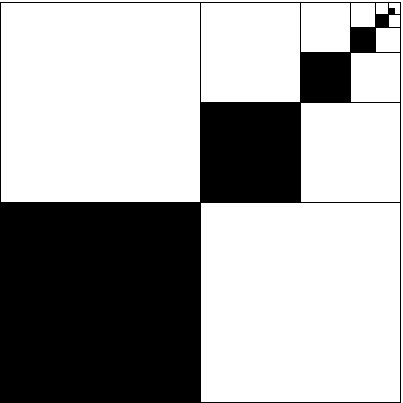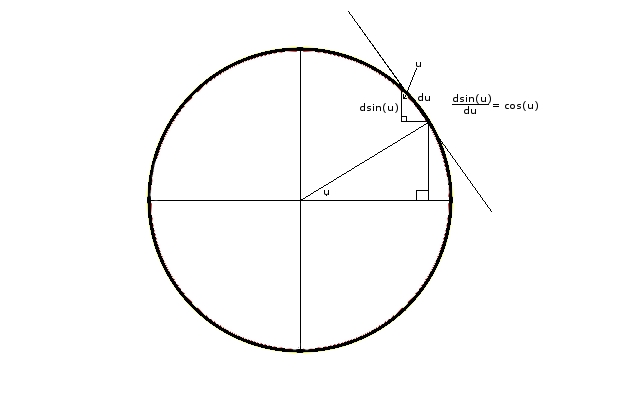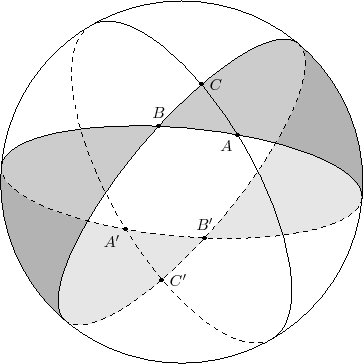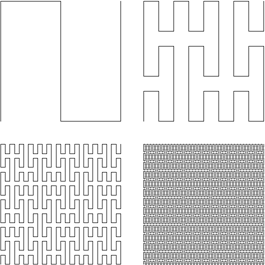Can you give examples of proofs without words? In particular, can you give examples of proofs without words for non-trivial results?
(One could ask if this is of interest to mathematicians, and I would say yes, in so far as the kind of little gems that usually fall under the title of 'proofs without words' is quite capable of providing the aesthetic rush we all so professionally appreciate. That is why we will sometimes stubbornly stare at one of these mathematical autostereograms with determination until we joyously see it.)
(I'll provide an answer as an example of what I have in mind in a second)



